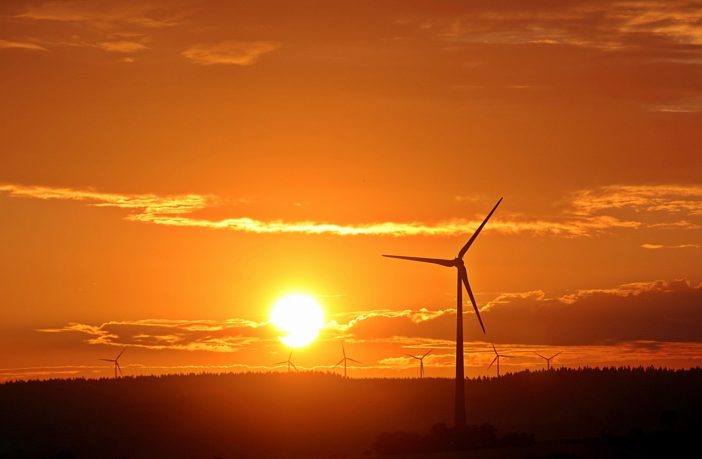- A new study for IFC, a member of the World Bank Group, shows that continental Africa possesses a stunning onshore wind potential of almost 180,000 Terawatt hours (TWh) per annum, enough to meet the entire continent’s electricity demands 250 times over.
The analysis, carried out by Everoze, finds that 27 countries in Africa have enough wind potential on their own to satisfy the entire continental electricity demand—estimated at 700 TWh annually. Algeria has the highest resource with a total potential of 7,700 Gigawatts (GW), equivalent to over 11 times current global installed wind capacity.
Fifteen other countries have technical wind potentials over 1,000GW including Mauritania, Mali, Egypt, Namibia, South Africa, Ethiopia and Kenya.
IFC worked in collaboration with Everoze, Vortex and GWEC to conduct the analysis. Everoze drew on high-resolution mesoscale data from the Global Wind Atlas and applied basic constraints for technical restrictions (i.e. slopes, elevation, minimum wind speed, land use cover) and basic environmental restrictions (i.e. population density, protected areas).
“This analysis has clearly shown that Africa has world-class wind potential and that wind can play an important role in bringing clean, affordable electricity to millions on the continent,” said Linda Munyengeterwa, IFC’s infrastructure director for the Middle East and Africa. “Going forward, IFC is committed to working with the public and private sector to help realise Africa’s remarkable, and largely untapped, wind potential.”
The analysis also finds that over one-third of Africa’s wind potential is in areas with very strong winds, averaging greater than 8.5 meters per second. Seventeen of the countries analysed have particularly strong wind potential, with average productivity (as measured by their “capacity factors”) up to 46%, rivalling the most productive onshore wind sites in the world.
“What is surprising is how distributed the wind resource is,” said Sean Whittaker, principal industry specialist at IFC. “By using high-resolution mesoscale wind models and assuming the use of tall, large rotor, modern turbines we see great potential in countries not previously considered to be ‘windy’ places, including Ivory Coast, Nigeria, Botswana, Cameroon and Mozambique.”
Wind energy potential
IFC noted that wind is one of the fastest-growing, cheapest sources of new power generation around the world with over 650GW of installed capacity.
However, installed wind capacity in Africa represents less than 1% of this capacity. The analysis reveals a total wind energy potential on the African continent of over 59,000GW—equivalent to 90 times the current global installed wind capacity.
Commenting on the outcome of the analysis, Ben Backwell, CEO of the Global Wind Energy Council (GWEC) said: “This important report demonstrates that the studies which have been published until now have significantly underestimated the opportunity that wind energy represents for Africa. There is a clear need now for governments to enact policies to take advantage of the vast resource that the report identifies and enable large scale investment in wind as a key building block for green economic recovery post-COVID-19.”
IFC and GWEC will host a joint webinar on 5 October to disseminate and discuss the key findings of the analysis.
Link to full report HERE
Author: Babalwa Bungane

Babalwa Bungane is a content creator/editor for ESI Africa – Clarion Events Africa. Babalwa has been writing for the publication for five years. She has a great interest in social media due to its advantage of disseminating content.
This article was originally published on ESI Africa and is republished with permission with minor editorial changes.











